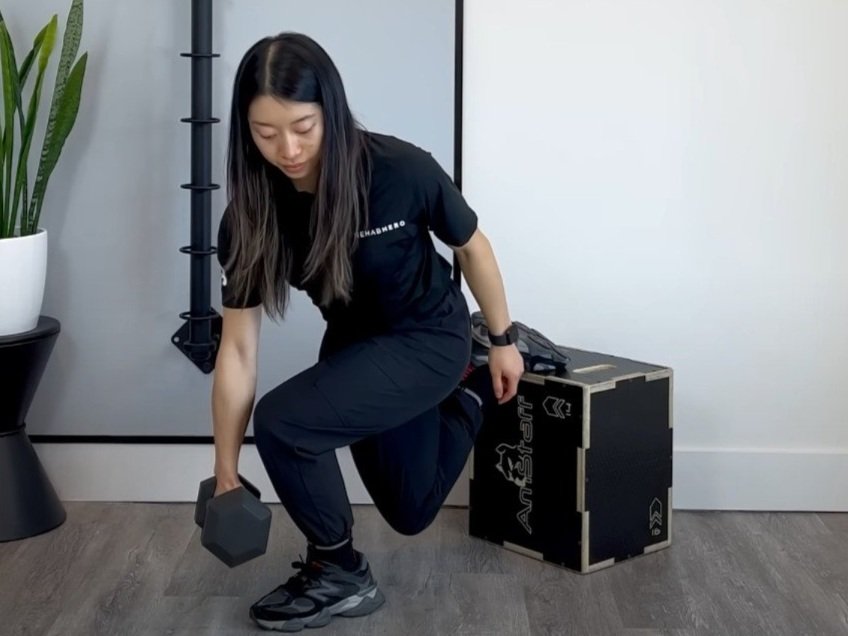Muscle Strains: Why They Happen, How They Feel, and What To Do
What is a Muscle Strain?
A muscle strain or “pulled muscle” or muscle tear is damage that takes place while muscle fibers rupture because of mechanical stress. Despite the fact that they are often occur in the hamstrings, quadriceps, calves, rotator cuff muscles, a strain can appear in any muscle if overused.
Depending at the severity of the tear, we can classify lines with the aid of 3 categories:
Grade 1 – Few fibers are torn. there may be minimum pain with activity.
Grade 2 – Around ten to ninety percent of the muscle fibers rupture. There's pain with movement and bruising is visible.
Grade 3 – There's a complete rupture of the muscle fibers and it may appear deformed, has a large visible bruise, and there may be or may not be pain (due to severed nerve endings). Surgical treatment may be required in order for you to fully recover.
What Causes A Strained Muscle?
Muscle strains occur whilst the stress carried out is more than the tolerance of the muscle in that second in time. This overload can be the end result of stretching a muscle beyond its ability to stretch or contracting more than what the muscle is prepared to do.
It is crucial to understand that every person can go through a muscular strain injury. For example, if someone has muscular weakness from a previous injury or has increased muscular tension, their movement patterns can be altered, making them liable to muscle strains while performing everyday activities.
Athletes concerned in sports that require fast and explosive movements can frequently experience cumulative microtrauma if they're not properly warmed up or conditioned for the activity.
Other contributing factors consist of intense cold temperatures, bad biomechanics, underlying health conditions as it may decrease the fitness and extensibility of muscles tissue.
How Can Physiotherapy, Chiropractic and Massage Therapy Help?
A customized treatment plan is optimal to the healing of a muscle strain. Physiotherapists, Chiropractors and Massage Therapists are educated professionals that assist you to diagnose the injury and rehabilitate it. They do this through therapy to reduce pain, decrease muscular tension, improve mobility and help you return to your daily activities. In addition to this, they will provide exercises to prevent this from occurring again.
What to Avoid When Injured?
If you suspect that you have a muscle strain, it is recommended to consult with your Physiotherapist, Chiropractor or Registered massage Therapist. Some things that may aggravate your strain include:
Pushing through the pain while doing aggravating movements
Stretching without right guidance from a professional. A muscle strain is similar to a tethered rope, pulling on torn fibers through stretching can make your strain feel worse!
Returning to sports too soon with out clearance from a clinical expert
How Long Does It Take to Recover?
Healing times will range depending on the muscle affected and the severity of the strain. Other factors which include age, bodily demands and early access to treatment can effect the recovery time of a person as well. Generally:
A Grade 1 Strain can heal in two-three weeks
A Grade 2 Strain can take four-eight weeks
A Grade 3 Strain can take five-six months or longer
It is important to realize that if not healed correctly, muscle strains can re-occur or cause other musculoskeletal injuries or dysfunctions as movement compensations will impact other areas of the body.
Which Exercises Can I Do Safely?
Since each strain and situation is unique, each exercise protocol needs to be established based on the affected muscle and the severity of the damage. A physiotherapist, chiropractor or registered massage therapist will be the best person to consult in order to understand what's the most appropriate plan of management in each case.
In the acute stages of healing performing pain free movements is helpful to maintain range of motion and decrease pain. As time progresses, introducing low – mild range eccentric loading progressing to isotonic loading of the muscle will assist in recovery. As soon as your muscle is strengthened you may be able to perform more complicated movements and exercises which are specific to your activities & hobbies.
Don't forget, it is important to respect the natural healing times of your body. Your body wants to heal, you have to give it the proper time to do so. With the right treatment, the possibilities of recovering completely is very good.
In case you suspect which you have a muscle strain, at Rehab Hero you will discover a team of notably qualified Physiotherapists, Chiropractors, Osteopathic Manual Practitioners and massage therapists that will be happy to assist you in your journey to recovery. Contact us to get started on your journey to health.































